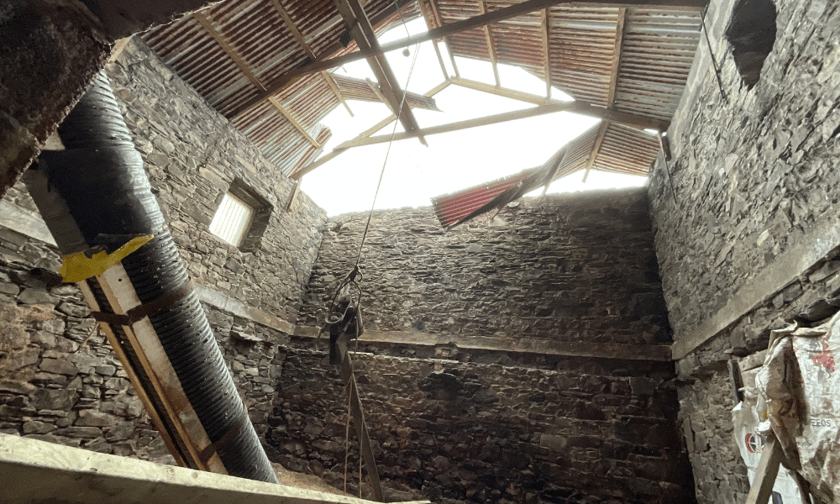

As assessments on the effects of Storm Eowyn continue, significant disruption has been reported across various industries, with the agricultural sector among the most affected.
According to Crawford, strong winds caused extensive damage to farm infrastructure and buildings, leading to a variety of commercial claims, including business interruption losses. Road closures, due to fallen trees, further impacted operations, such as milk collections from dairy farms.
Damage to farm buildings was also widespread, particularly to roofs constructed from fibre cement or galvanized steel sheets. Roof debris caused further damage to nearby structures and machinery, while holes in roofs left storage facilities exposed to water ingress, affecting cattle feed, fertilizer and hay. In some cases, asbestos sheeting contaminated animal feed, requiring entire stores to be disposed of.
Max Perris, agricultural consultant of Crawford Agriculture, said Crawford’s agricultural loss adjusters conducted numerous site visits in the most affected regions.
Farmers have taken measures to mitigate further losses, including temporary repairs to buildings, protection of exposed equipment and clearing of access routes.
However, restoration efforts will require significant resources, Crawford said.
Storm Eowyn had a significant impact on the farming industry.
Damage to lambing sheds could also affect farmers as lambing season approaches. Disruptions to the animal feed supply chain have impacted beef production and milk yields.
Managed woodland has suffered wind damage, affecting the timber industry. Security risks have also increased due to damaged farm buildings, making machinery more vulnerable to theft.
Meanwhile, farms with diversified operations, including rental properties, holiday accommodation and farm shops are expected to submit claims for loss of earnings.
In January, agricultural claims in England and Wales doubled compared to usual levels, following Storms Darragh and Eowyn. Scotland and Northern Ireland saw a 600% increase in new claims in the initial hours of Storm Eowyn, with high levels continuing throughout the month.
“Given the pressure that an event of this scale places on restoration resources and materials, there will be much effort required to return these farmsteads to business as usual as quickly as possible,” Perris said.
